Old versions of national flags throughout the world
National flags often tell the rich history of a country and serve as a visual representation of its values and identity. They evolve over time, reflecting political, social, and cultural changes.
The colors, symbols, and designs are not just aesthetic choices; they are deeply rooted in history, carrying stories of revolutions, alliances, and statehood. As we explore the fascinating journeys of various national flags, we uncover tales that are as dynamic and diverse as the countries they represent.
The Tale of the Stars and Stripes: Early American Flags
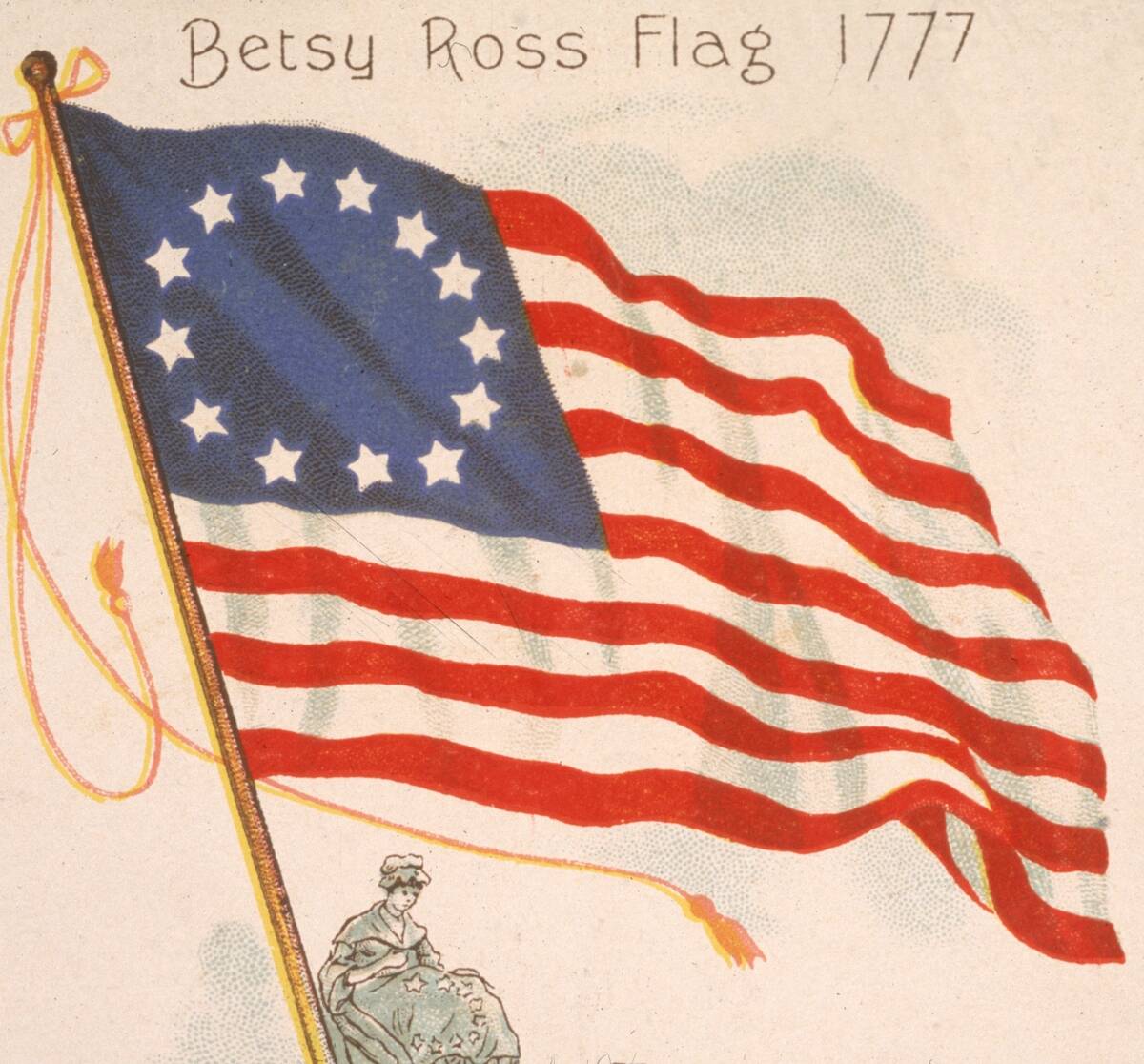
The American flag, known as the Stars and Stripes, has a history as vibrant as the nation itself. The first official flag, the Continental Colors, combined British and American symbols, reflecting the colonies’ initial loyalty to the crown.
In 1777, the Continental Congress adopted a design with 13 stripes and 13 stars, representing the original colonies. This design has evolved, but the enduring symbolism of unity and freedom remains at its core, with stars added as new states joined the union.
The Changing Faces of the Union Jack
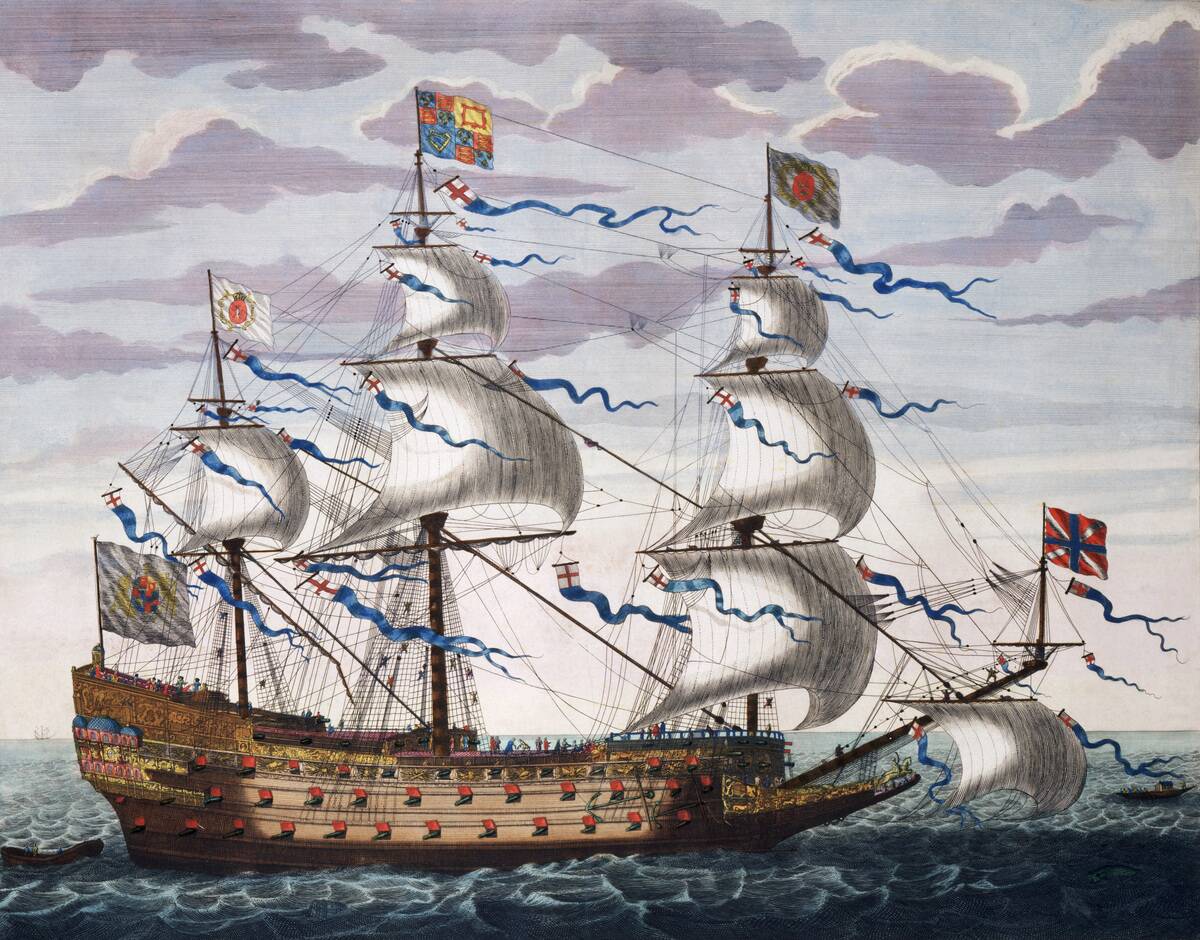
The Union Jack is an amalgamation of the crosses of St. George, St. Andrew, and St. Patrick, representing England, Scotland, and Ireland, respectively. Its creation in 1801 marked the political union of these nations under one crown.
Before this, the flag underwent several iterations, reflecting the complex history of British unification. Its incorporation of multiple symbols and colors symbolizes the unity of different cultures under one sovereign, despite the tumultuous history of these relationships.
France’s Tricolor Transition: From Royal to Republican
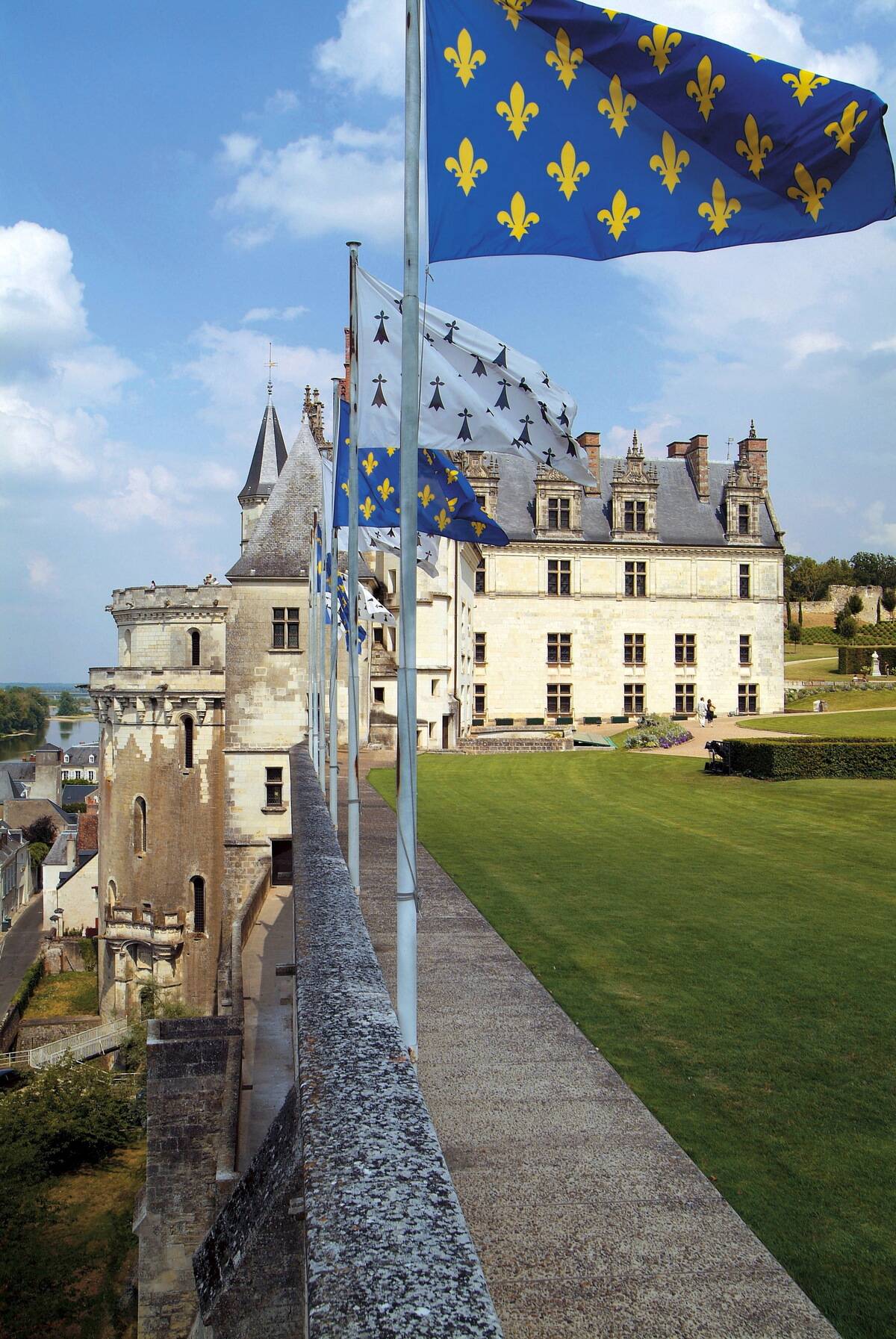
France’s national flag, the Tricolor, emerged during the French Revolution, symbolizing liberty, equality, and fraternity. The blue, white, and red vertical stripes replaced the royal white flag, marking the end of monarchy and the rise of republican values.
Blue and red are traditional colors of Paris, while white was associated with the monarchy. The flag’s design reflects the shift from royal authority to the sovereignty of the people, a testament to the revolutionary spirit that shaped modern France.
The Many Colors of Italy: A Journey Through its Flags

Italy’s flag, with its green, white, and red vertical stripes, has roots in the late 18th-century Cisalpine Republic. The colors were inspired by the uniforms of the Milanese civic guard, symbolizing hope, faith, and charity.
Over time, these colors became associated with the unification of Italy, reflecting the nation’s quest for independence and unity. The flag’s evolution mirrors Italy’s tumultuous path from fragmented states to a unified republic, capturing the essence of its national identity.
Germany’s Flags: From the Holy Roman Empire to Modern Times
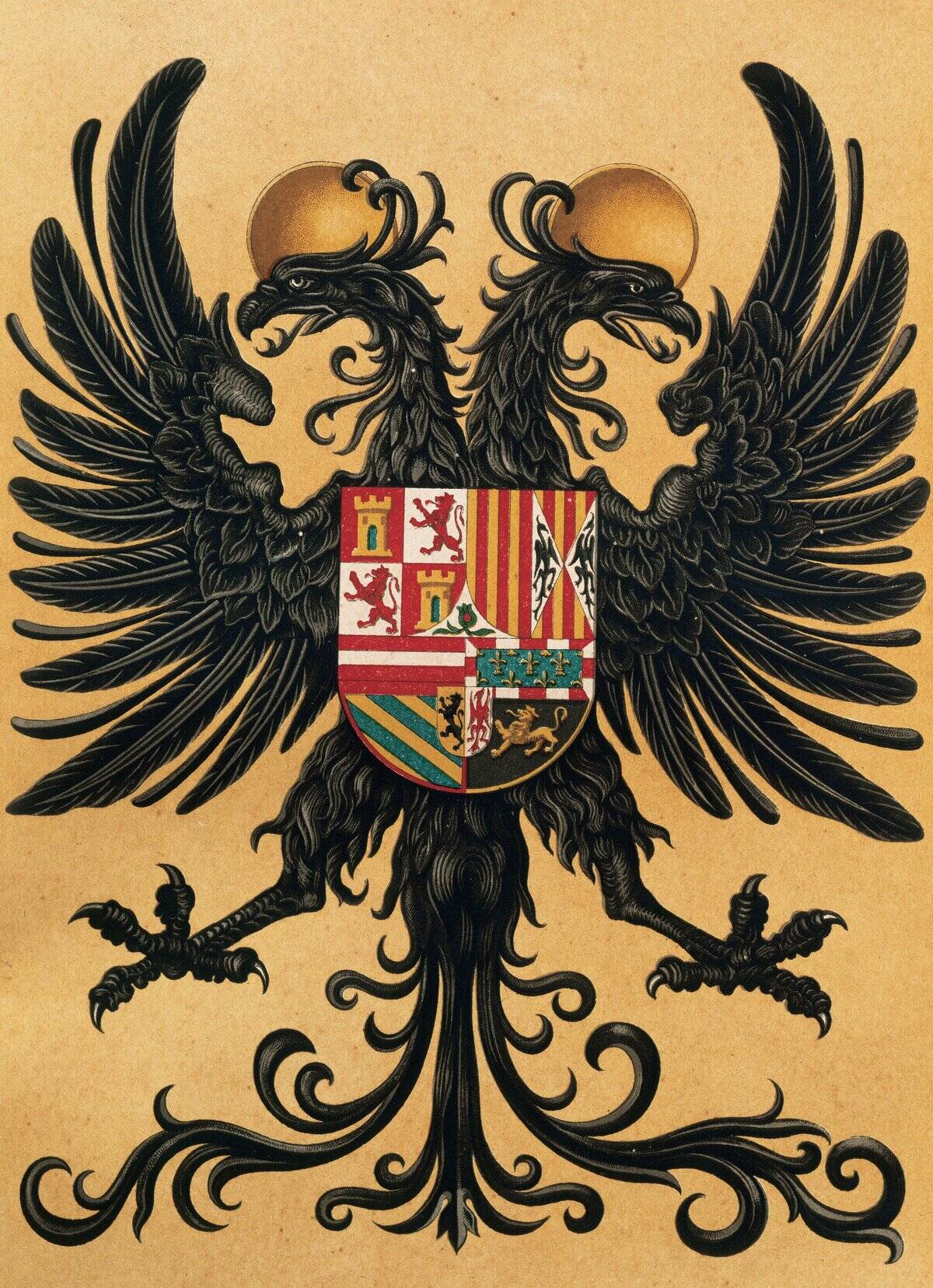
Germany’s flag history is a tale of transformation, from the black and gold of the Holy Roman Empire to the black, red, and gold of today. The modern flag, adopted in 1949, symbolizes unity and freedom, echoing the colors of the 1848 revolution against autocracy.
During the Weimar Republic, these colors represented democracy, only to be replaced during the third reich. After World War II, the flag was reinstated, embodying a commitment to democracy and a new beginning for the nation.
The Rising Sun: A Look at Japan’s Historical Flags

Japan’s flag, the Nisshoki, features a red circle symbolizing the sun on a white background, known as the “Rising Sun.” This emblem dates back to the early 7th century and has been a constant in Japan’s history, symbolizing purity and honesty.
Although Japan has experienced various political changes, the sun’s motif remains a staple, reflecting the nation’s enduring cultural and spiritual beliefs. The flag succinctly encapsulates Japan’s identity and its philosophical connection to the natural world.
China’s Banners: From Dynasties to the People’s Republic
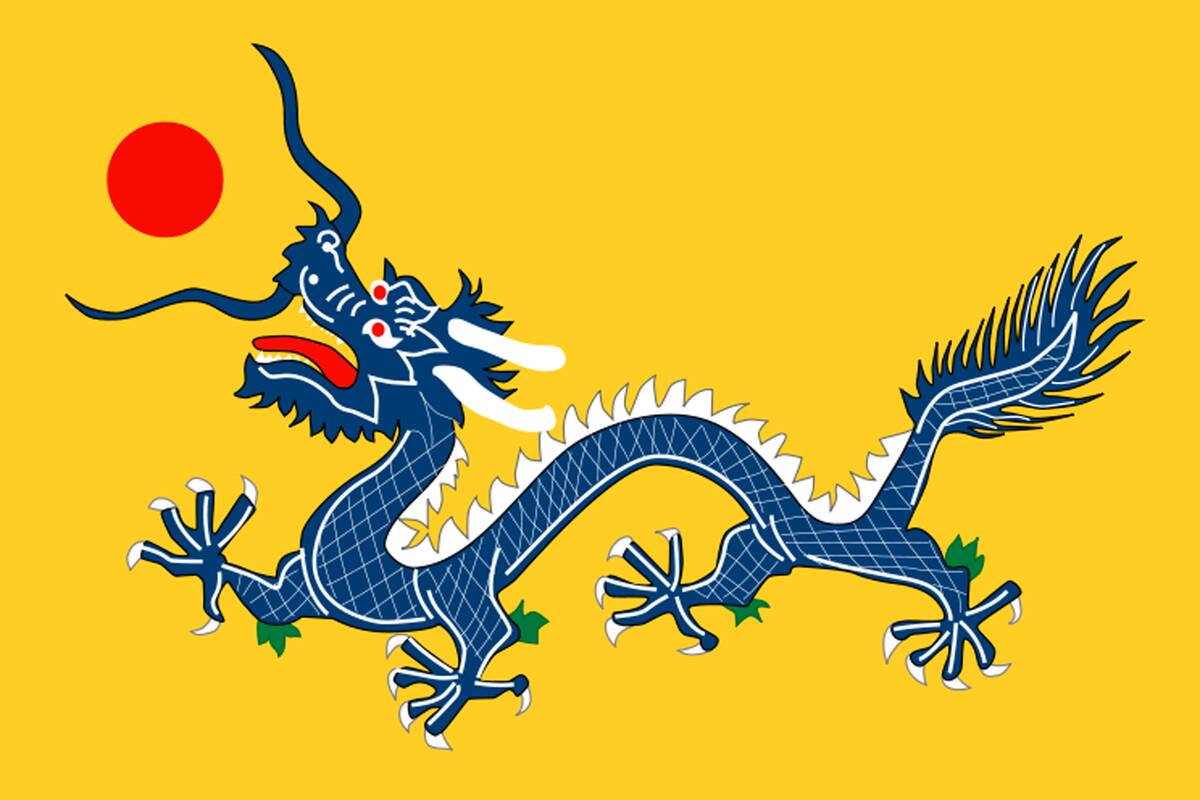
China’s flag history is a journey from imperial banners to the national flag of the People’s Republic. The modern flag, adopted in 1949, features a large gold star surrounded by four smaller stars on a red field, symbolizing the unity of the Chinese people under the Communist Party.
During the Qing Dynasty, a yellow dragon flag was used, representing imperial authority. The transition from dynastic to communist symbols reflects China’s dramatic political and social transformations over the centuries.
The Many Shades of the Indian Flag Through History
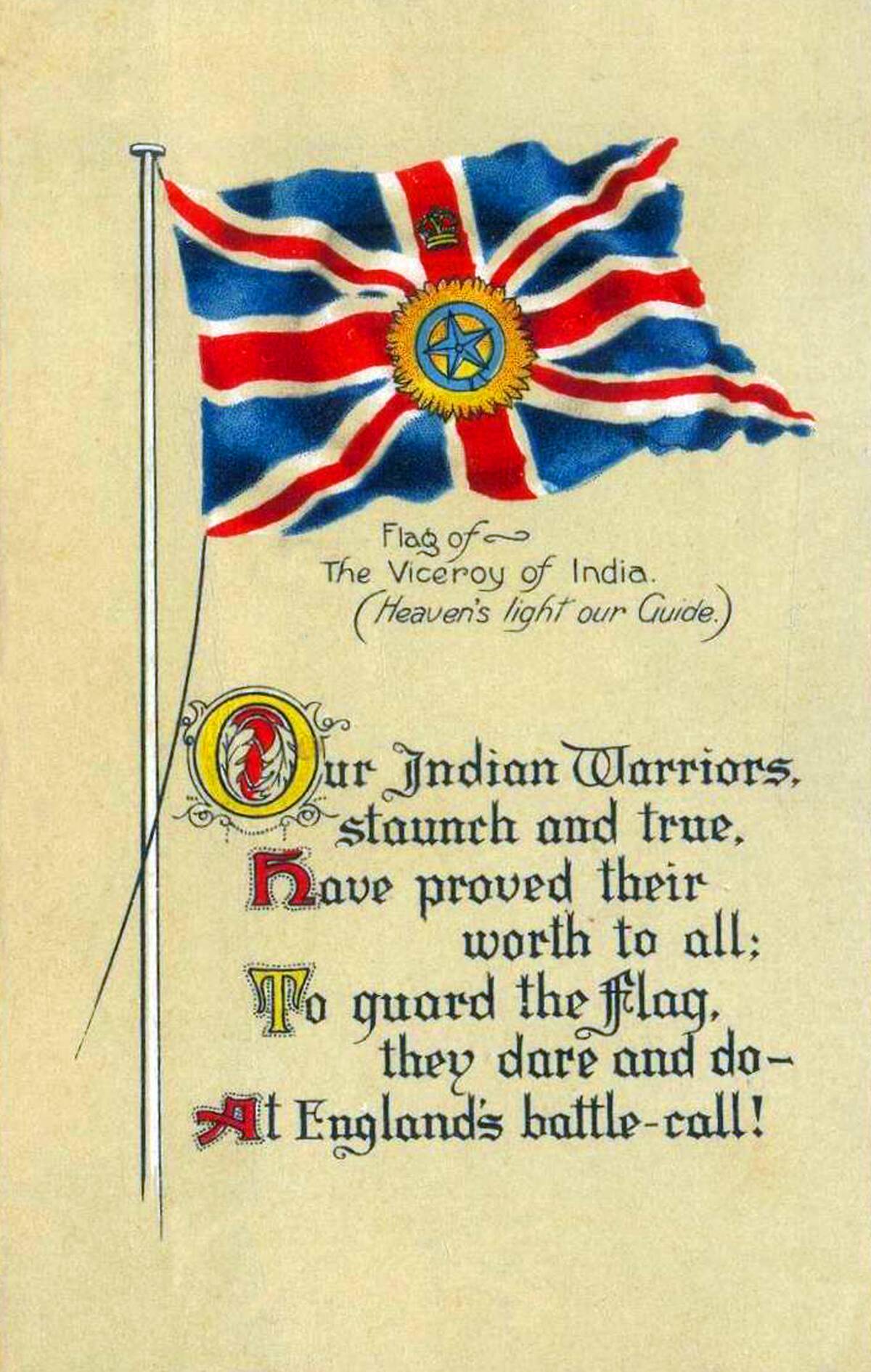
India’s national flag, the Tiranga, consists of three horizontal stripes of saffron, white, and green, with the Ashoka Chakra at the center. The colors represent courage, peace, and faith, respectively.
The flag was adopted in 1947, replacing the British colonial ensign and the pictured viceroy flag. Prior to independence, various flags represented different regions and princely states. The Tiranga embodies India’s rich cultural tapestry and its struggle for freedom, serving as a powerful symbol of unity in diversity.
Russia’s Colors: From Tsars to the Federation

Russia’s flag, with its white, blue, and red horizontal stripes, has a history intertwined with the rise and fall of empires. First used by Tsar Peter the Great in the 17th century, the colors are thought to be inspired by the Dutch flag.
Under the Soviet Union, the hammer and sickle flag (pictured) represented communist ideology. The tricolor was reinstated in 1991, symbolizing Russia’s return to its historical roots and the establishment of a new era of democracy and unity.
The Evolution of Brazil’s Iconic Green and Yellow

Brazil’s flag, featuring a green field with a yellow diamond and a blue globe, tells a story of monarchy and republic. The green and yellow were initially associated with the royal houses of Braganza and Habsburg.
In 1889, the republic adopted this design, adding a starry sky and the national motto “Order and Progress.” The flag reflects Brazil’s natural wealth and progressive ideals, evolving from colonial roots to a symbol of national pride and identity.
The Royal Standards of Thailand: A Colorful Past
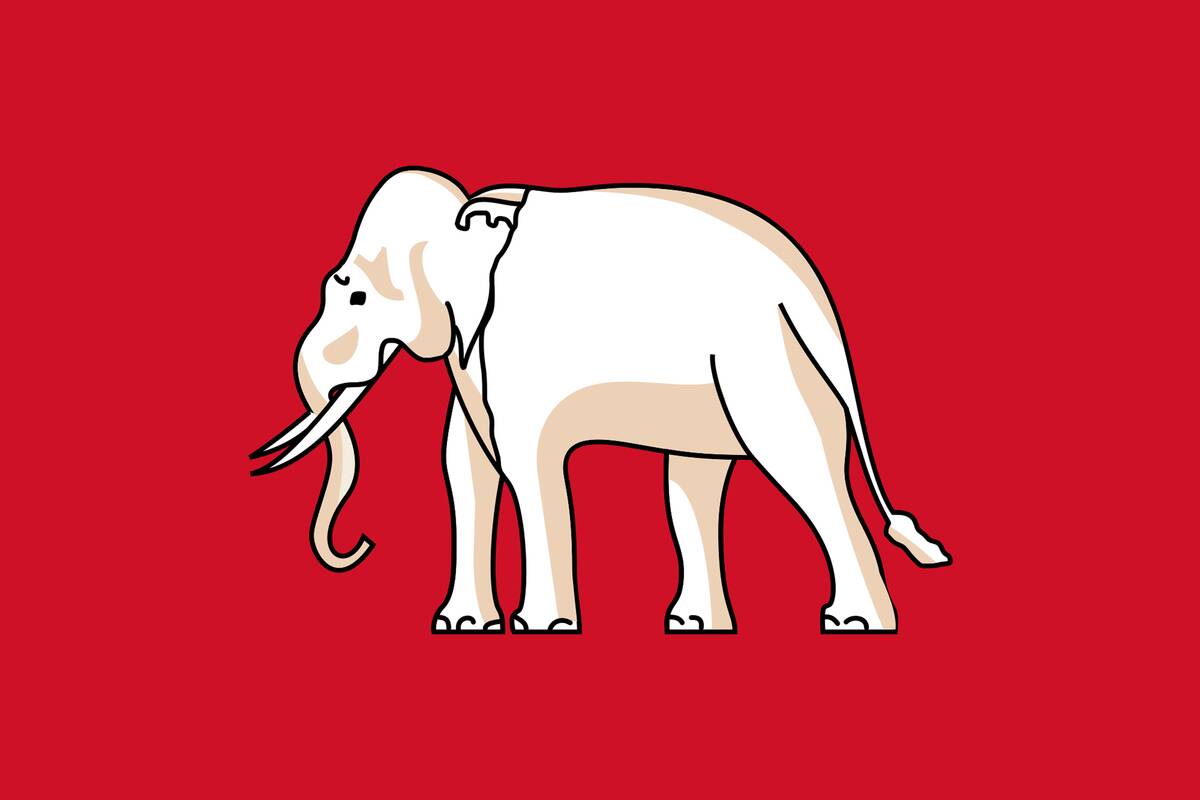
Thailand’s flag, the Trirong, consists of red, white, and blue horizontal stripes, representing the nation, religion, and king. The current design was adopted in 1917, reflecting a shift from royal standards to national identity.
Prior to this, Thailand’s flags featured various symbols, including the white elephant, a symbol of royal power. The Trirong embodies the country’s resilience and its embrace of modernity while respecting its rich cultural heritage and the monarchy’s enduring influence.
South Africa: Symbols of Change and Unity
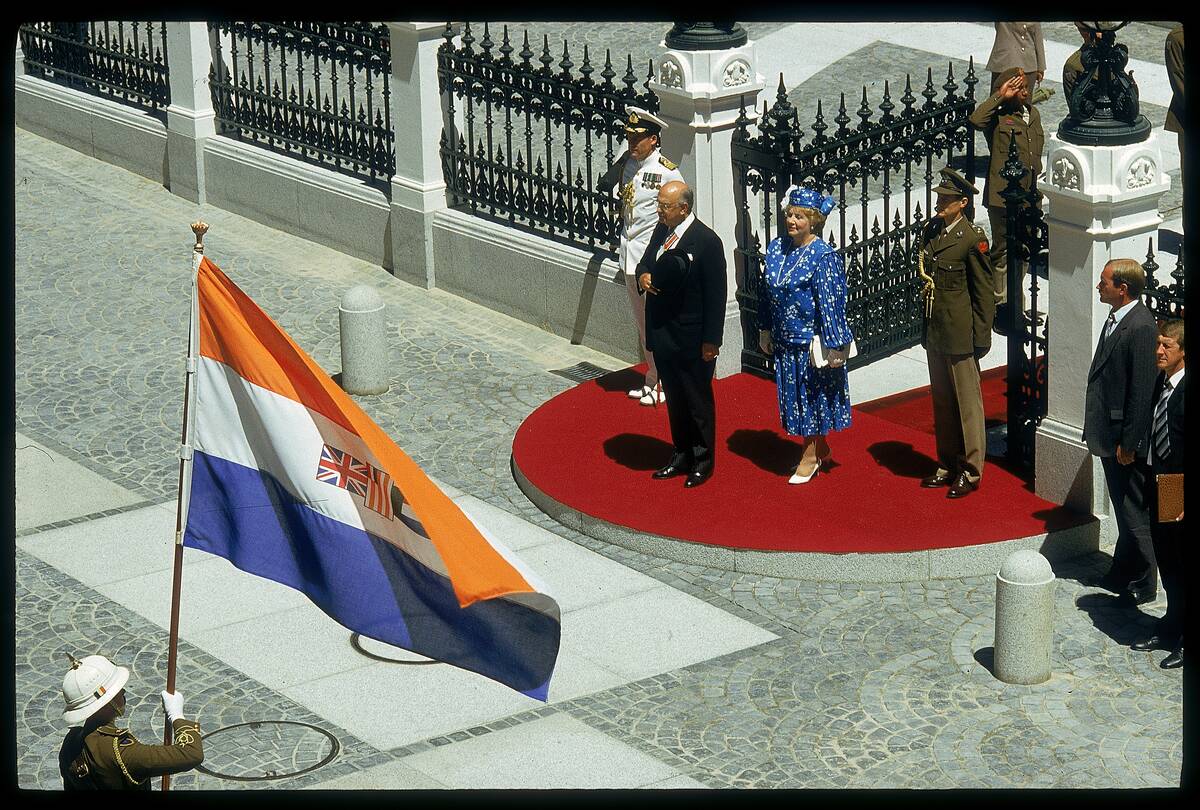
South Africa’s flag is a vibrant tapestry of black, green, yellow, white, red, and blue, reflecting the nation’s diverse society. Adopted in 1994 after the pictured flag was discontinued, it symbolizes unity and the country’s transition from apartheid to democracy.
The Y-shape signifies the convergence of different elements within society, moving forward in unity. The colors were chosen for their historical significance, representing the political parties and the cultural diversity that define the nation’s unique identity and ongoing journey toward reconciliation.
The Lion and the Sun: Iran’s Historic Banners
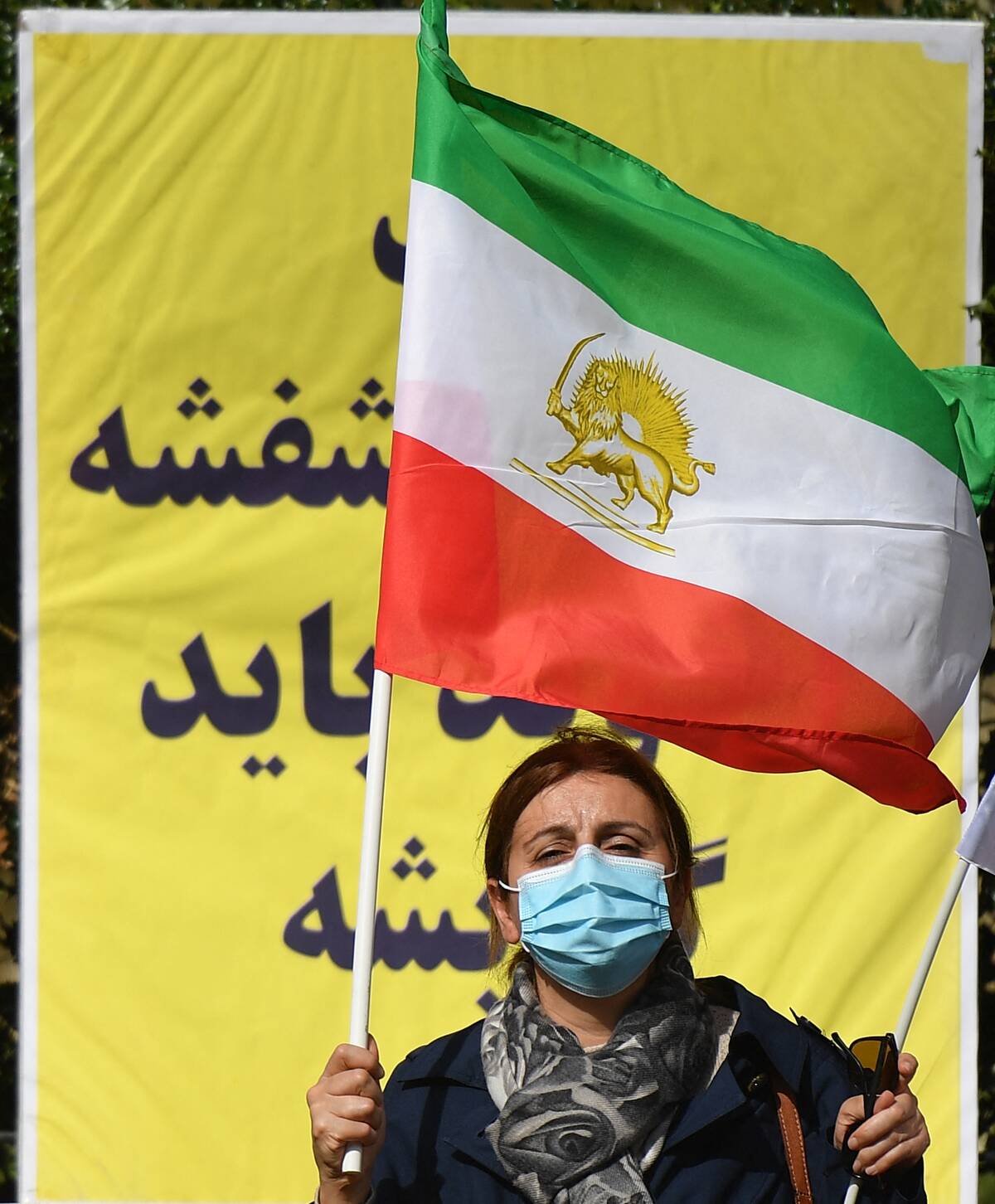
Iran’s flag history includes the iconic Lion and Sun emblem, which symbolized strength and divinity. This emblem was used from the 15th century until the 1979 Islamic Revolution when the current flag design was adopted.
The modern flag features green, white, and red stripes with an emblem symbolizing Islamic values and the country’s commitment to independence. The transition from the Lion and Sun to the present design reflects Iran’s shift in political ideology and religious identity over time.
The Viking Influence: Norway’s Flag Evolution

Norway’s flag, with its red background and blue cross outlined in white, reflects its Scandinavian heritage and Christian legacy. The design was inspired by the Danish flag, symbolizing the historical union between the two countries. The pictured royal standard, known as the Kongeflagget, has also been intermittently used since the 14th century.
Adopted in 1821, the flag represents Norway’s independence from Sweden and its national identity. The cross is a nod to the country’s Christian history, while the colors pay homage to its landscapes and the legacy of the Vikings, highlighting Norway’s rich cultural heritage.
The Many Versions of Spain’s National Flag
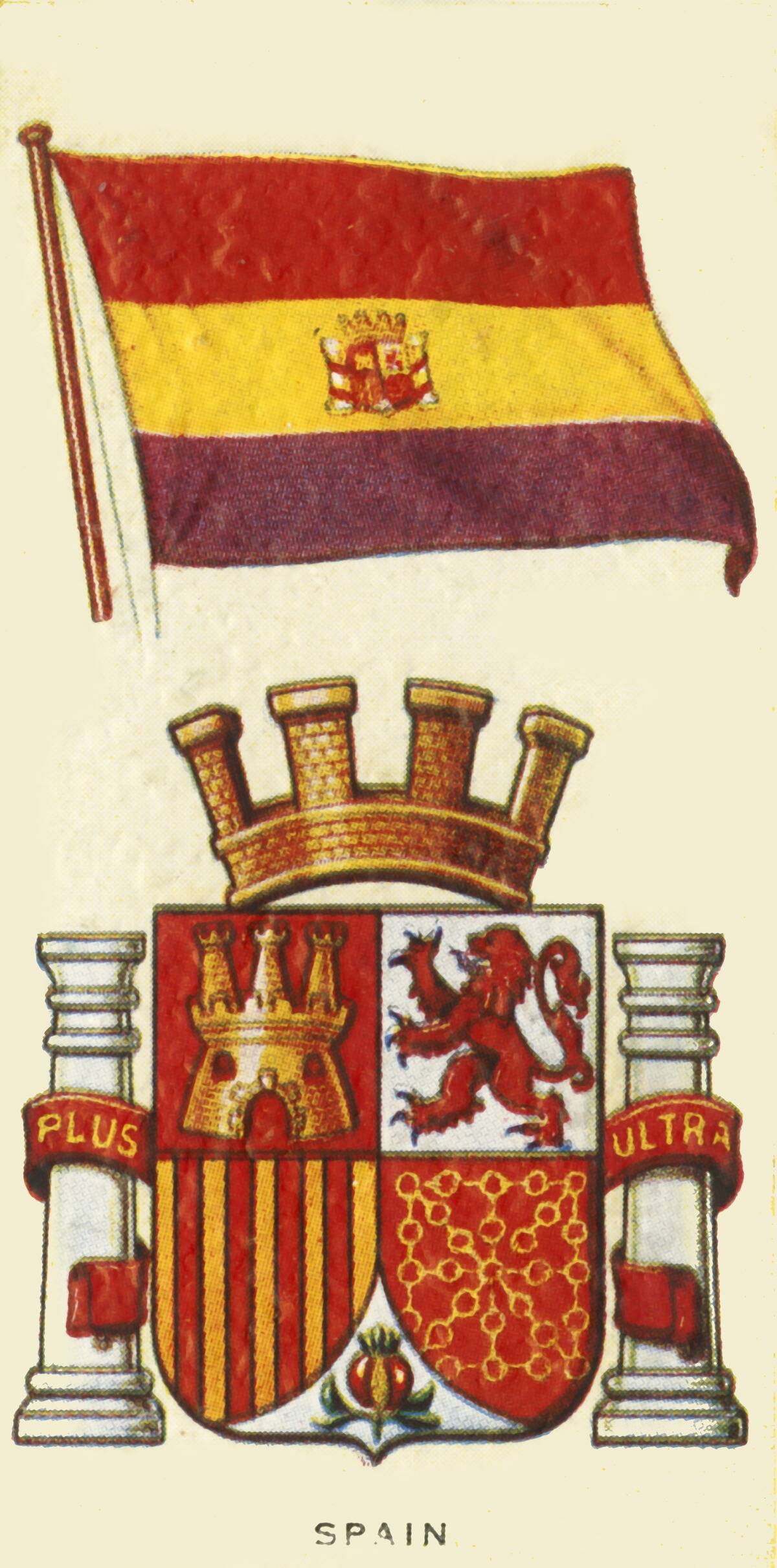
Spain’s flag, with its red and yellow stripes and the national coat of arms, has evolved through various dynastic and political changes. The current design was established in 1981, reflecting Spain’s transition to democracy after Franco’s dictatorship.
The red and yellow colors have historical significance, associated with the Spanish kingdoms of Aragon and Castile. The coat of arms symbolizes Spain’s unity and diversity, representing the country’s regions and its rich historical narrative of conquest and culture.
Exploring Egypt’s Historical Flags: From Pharaohs to Republic
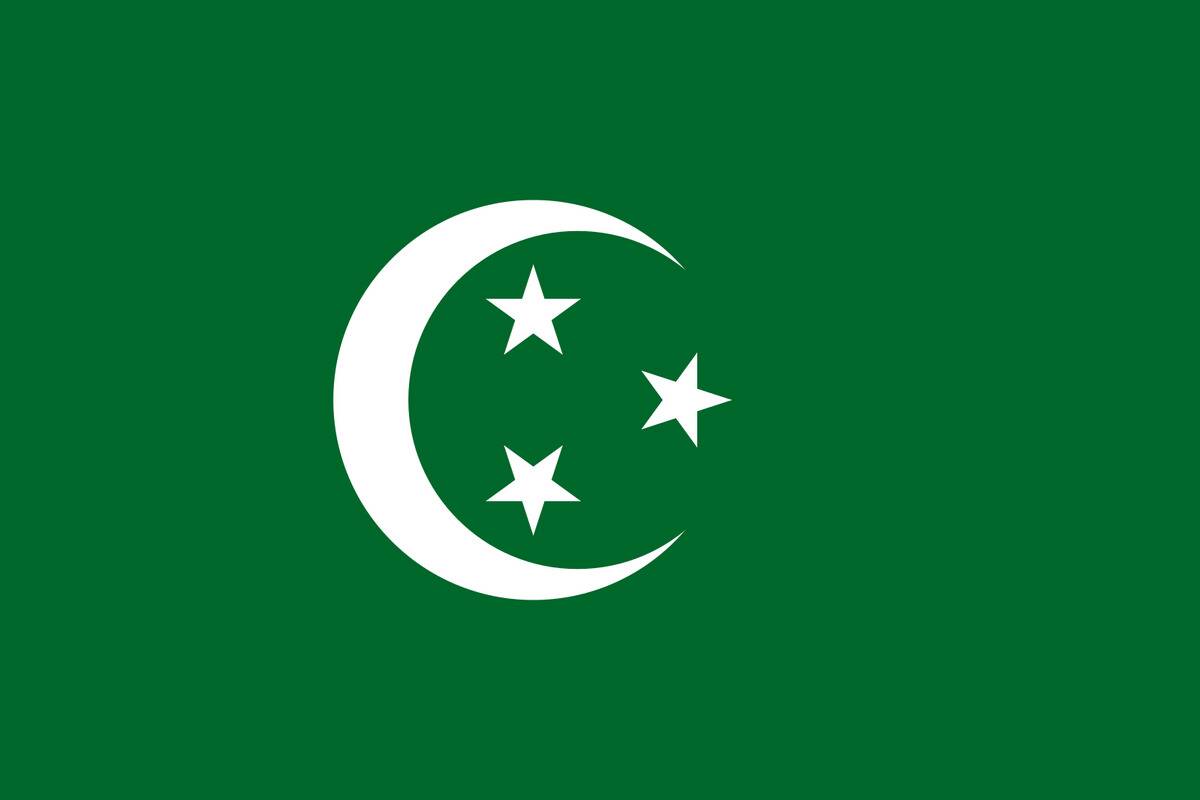
Egypt’s flag history is a journey from ancient emblems to modern national identity. The current flag, adopted in 1984, features red, white, and black horizontal stripes with the Eagle of Saladin. These colors represent the country’s struggle against colonialism and its Arab identity.
Before this, Egypt’s flags bore symbols of monarchy and foreign influence, such as this flag of kingdom of Egypt that was used until 1958. The flag’s evolution mirrors Egypt’s transformation from a land of ancient civilizations to a modern republic, highlighting its resilience and rich cultural heritage.



